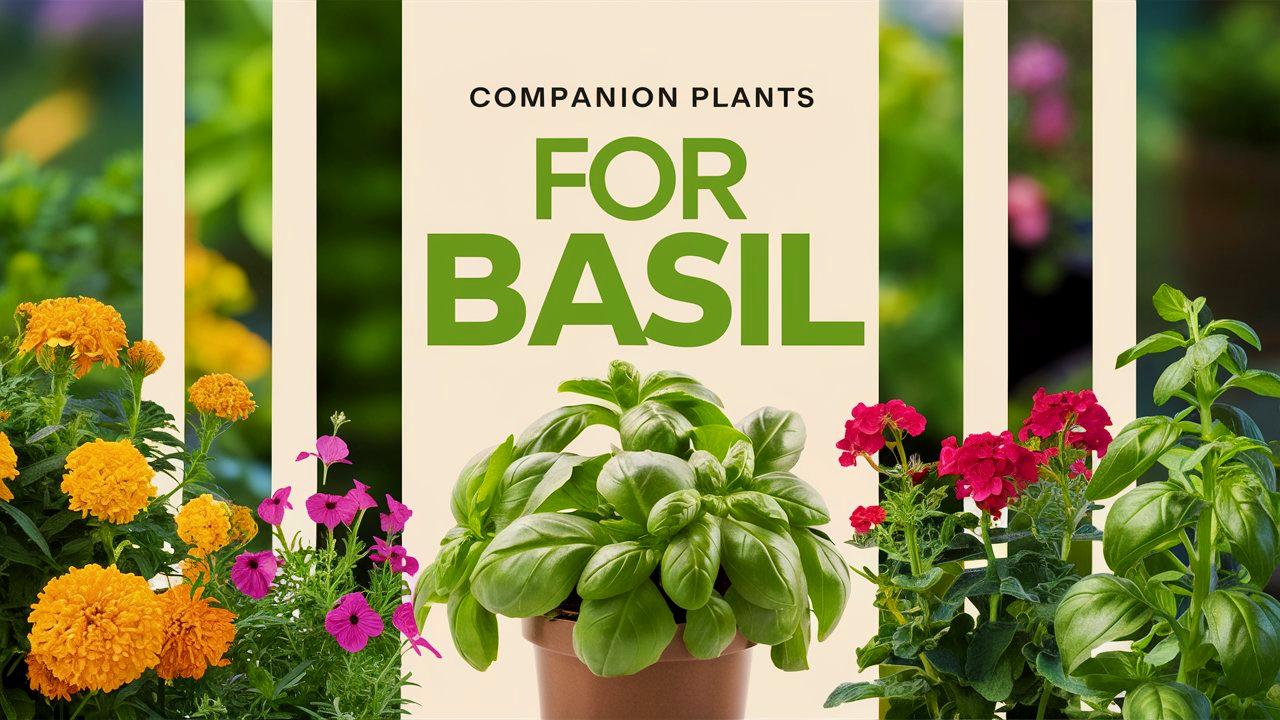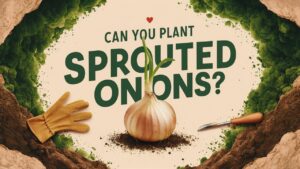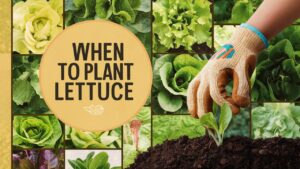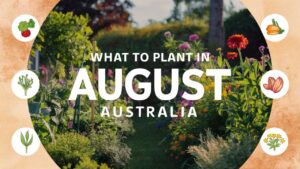To amplify your basil’s growth potential, it is beneficial to consider companion planting — a practice that involves growing different plants together to enhance each other’s growth.
In this comprehensive guide, we will explore various plants that serve as ideal companions for basil, enriching its development, protecting it from pests, and creating a synergistic environment in your garden.
Asparagus
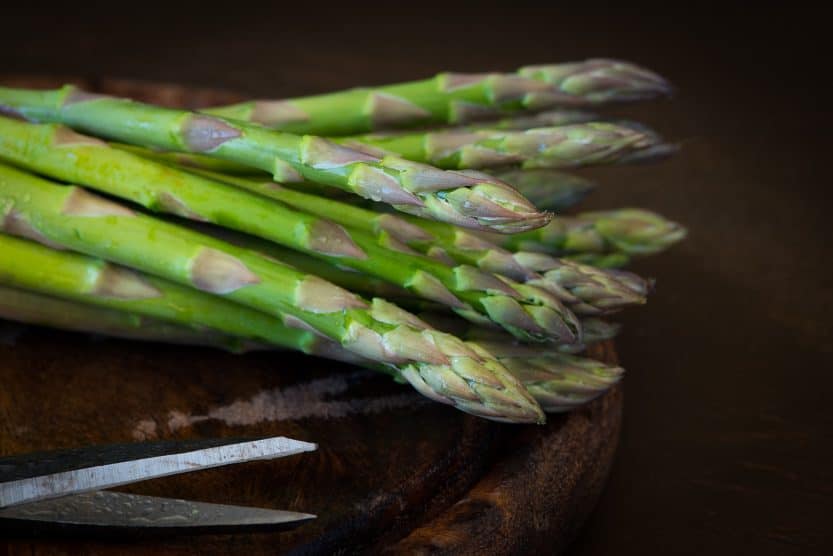
Asparagus is not only a delicious vegetable but also an excellent companion for basil. This perennial plant thrives in well-drained soils and sunny positions, much like basil. Asparagus releases allelopathic chemicals that inhibit the growth of weeds and harmful insects, creating a healthier environment for basil. Furthermore, the tall nature of asparagus plants can provide a little shade to basil during the hottest part of the day, preventing it from bolting. By planting basil interspersed with asparagus, gardeners can enjoy a holistic approach to garden maintenance and enhance the flavors in both plants’ harvests.
Chamomile
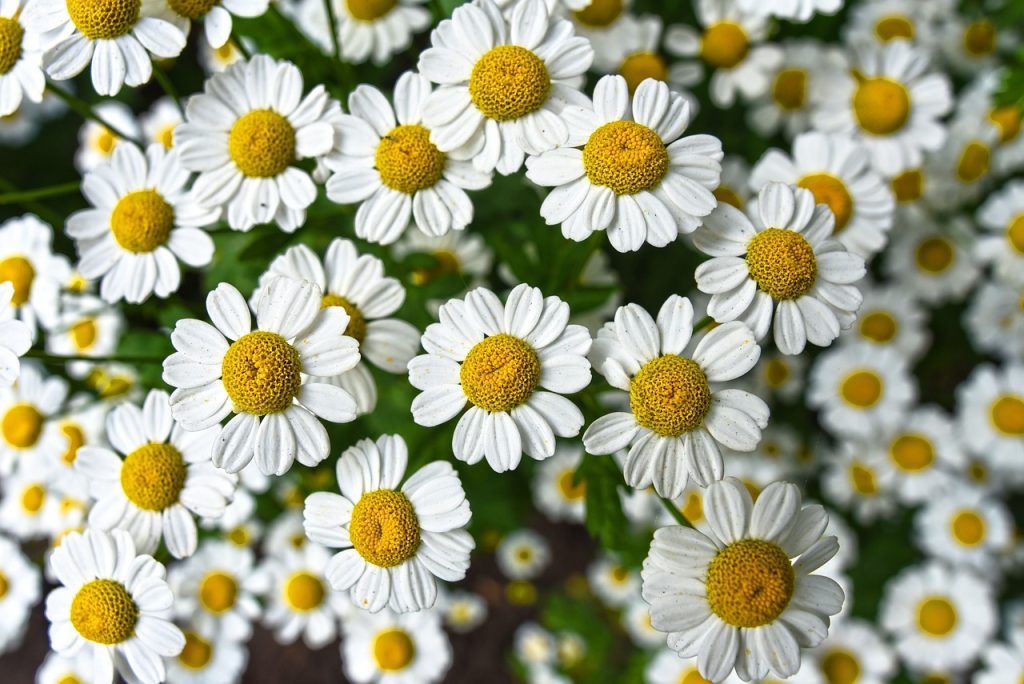
Chamomile, a charming flowering herb, is known for its calming properties and is recognized for improving the health and growth of basil. This aromatic plant attracts beneficial insects like bees and predatory wasps that pollinate basil and protect it from harmful pests such as aphids. Chamomile also promotes basil’s essential oil production, which enhances the flavor and aroma of its leaves. Additionally, chamomile is reputed to increase the nutrient content of the soil, giving basil a richer, more advantageous growing environment. Including chamomile in your basil garden not only brings beauty but also bolsters overall plant vitality.
Marigold

Marigolds are a gardener’s favorite, renowned for their vibrant colors and pest-repelling properties. These flowers produce certain chemicals in their roots that deter nematodes and other garden pests, thus protecting nearby basil from harmful entities. The appeal of marigolds does not end there; their nectar attracts pollinators which can help increase basil’s yield. Additionally, the combination of marigold’s bright blooms and basil’s lush green foliage creates a visually stunning garden. Planting marigolds alongside basil offers both aesthetic and functional benefits, making them a perfect companion.
Peppers

Peppers, particularly sweet varieties, serve as excellent companions for basil due to their similar growth requirements and mutual benefits. Both plants thrive in warm, sunny environments and enjoy well-drained soil. Basil can enhance the flavor profile of peppers, while peppers can offer some physical structure that can shade basil from the harshest sunlight, preventing it from scorching. Moreover, interplanting basil with peppers may yield better pest control as both plants attract beneficial insects. This pairing can encourage biodiversity in your garden while improving the harvest of both crops.
Tomatoes
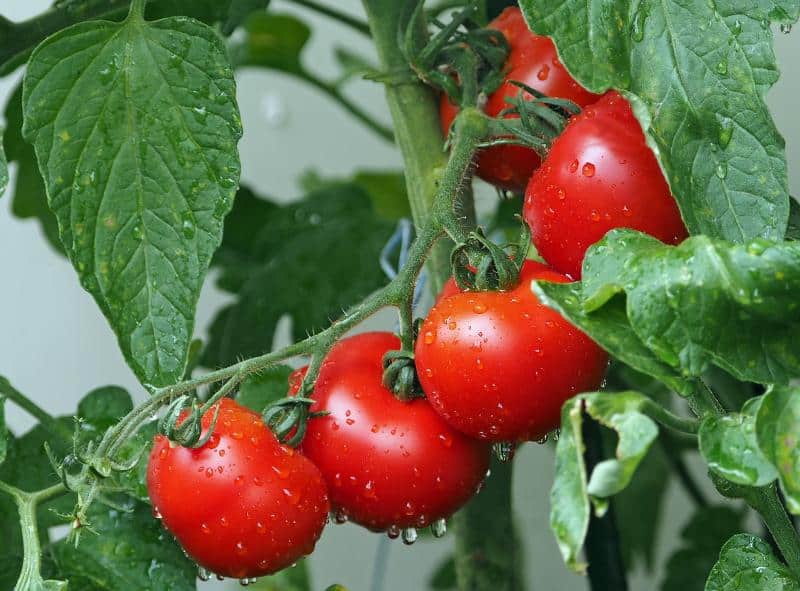
The classic duo of tomatoes and basil is well-known among garden enthusiasts, and for good reason. They share similar growing conditions: both thrive in warm weather, require ample sunlight, and benefit from the same type of soil. Basil is believed to enhance the flavor of tomatoes, and in return, tomatoes provide a supportive structure for basil to grow. Moreover, this combination is thought to deter pests such as tomato hornworms. With the pair’s compatibility and the dramatic culinary appeal they offer in dishes like Caprese salad, planting tomatoes and basil together is a match made in gardening heaven.
Radish
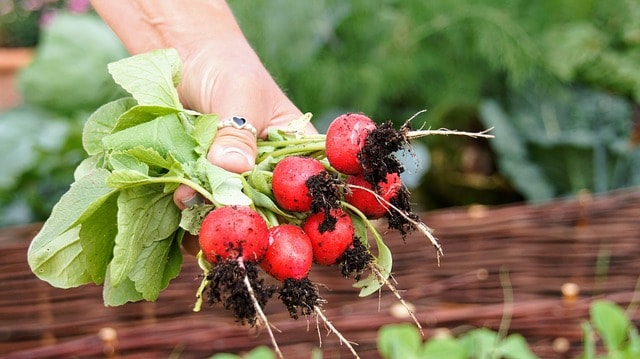
Radishes may seem an unconventional companion plant for basil, but their unique growing habits provide advantages. Radishes grow rapidly and can be harvested before basil becomes fully established, allowing for efficient space usage in the garden. Furthermore, radishes help break up compact soil, improving drainage and aeration, which is crucial for basils’ root system. Additionally, their peppery leaves can divert attention from pests that might typically target basil. The combination of these two plants fosters an environment where both can thrive, making it an efficient use of garden space.
Carrots
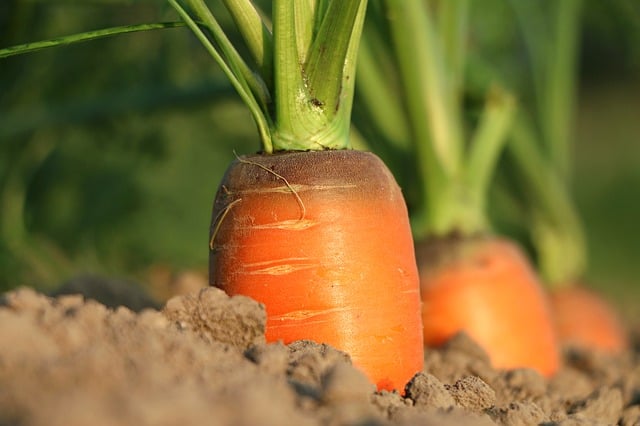
Carrots and basil create a beneficial relationship characterized by complementary growth patterns. Carrots grow underground, while basil grows above, thus maximizing vertical and horizontal space in the garden. Carrots prefer loose, sandy soils, which can also benefit basil’s root development. Moreover, the foliage of carrots can provide indirect shade, protecting basil from high temperatures. Planting basil near carrots can improve flavor and yield for both crops, as the natural scents of each plant deter pests. With ideal spacing, this partnership can lead to thriving plants and a bountiful harvest.
Eggplant
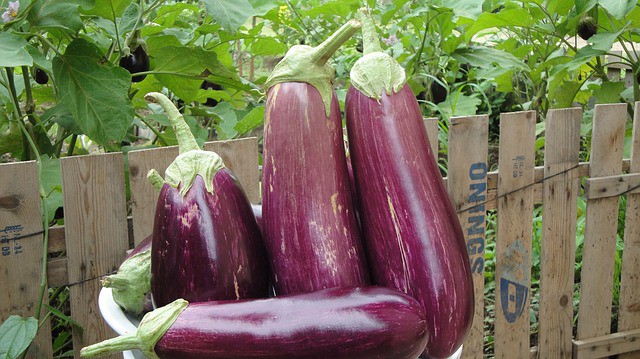
Eggplant is another sustainable companion for basil that shares similar cultural requirements. Both plants thrive in warm and sunny environments, allowing them to flourish together. Basil can deter pests such as flea beetles that may otherwise target eggplants, while eggplants can provide some shade for basil. The flavor profiles of basil and eggplant complement each other beautifully in culinary applications, especially in Mediterranean dishes. When planting eggplant and basil together, gardeners can create a beautiful arrangement that capitalizes on their compatibility and enhances culinary possibilities.
Lettuce
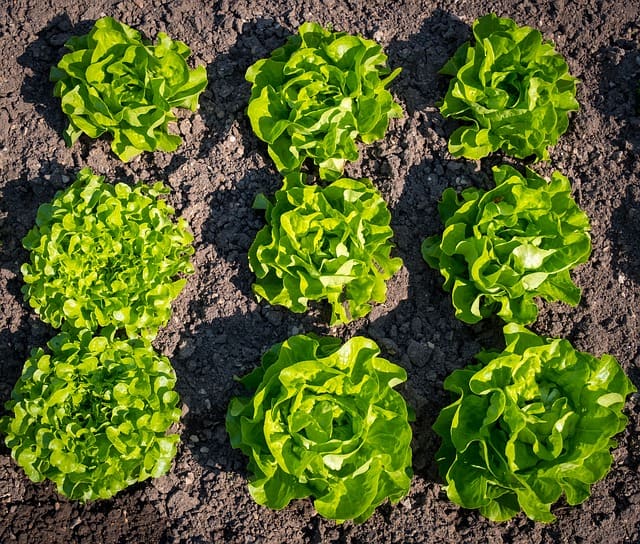
The interplay between lettuce and basil is particularly noteworthy due to their diverse rooting depths and growth habits. Lettuce occupies the top layer of soil, whereas basil grows deeper roots. This dynamic allows for efficient space utilization in your garden bed. Lettuce can provide partial shade to young basil plants, reducing stress from high temperatures and prolonging the growing season. Basil, in turn, may help repel aphids and other pests that commonly afflict lettuce. By incorporating these two in the same space, gardeners can enjoy a blend of freshness in their salads, bolstering both flavors and aesthetics.
Potatoes
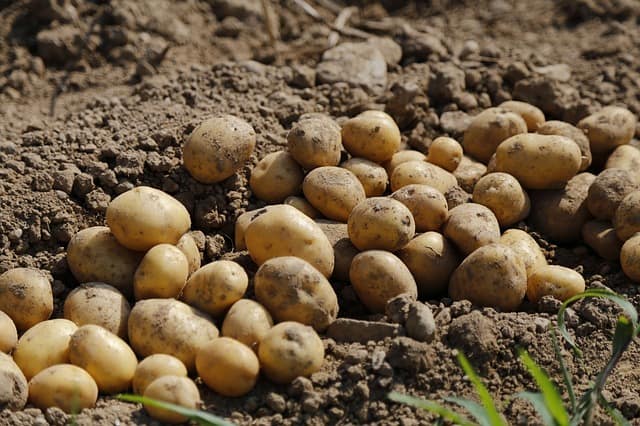
While potatoes grow underground, their deep roots create a supportive environment that benefits basil. The plants’ requirements overlap sufficiently: both prefer fertile, well-drained soils and ample sunlight. Additionally, potatoes support basil by providing shade that can protect delicate basil leaves from intense heat. However, gardeners should be cautious with spacing, as potatoes can spread wide and compete for nutrients. Planting basil between potato plants can deter pests such as aphids, enhancing overall plant health. This combination not only means a diverse harvest but also promotes beneficial interactions in the soil.
Beets
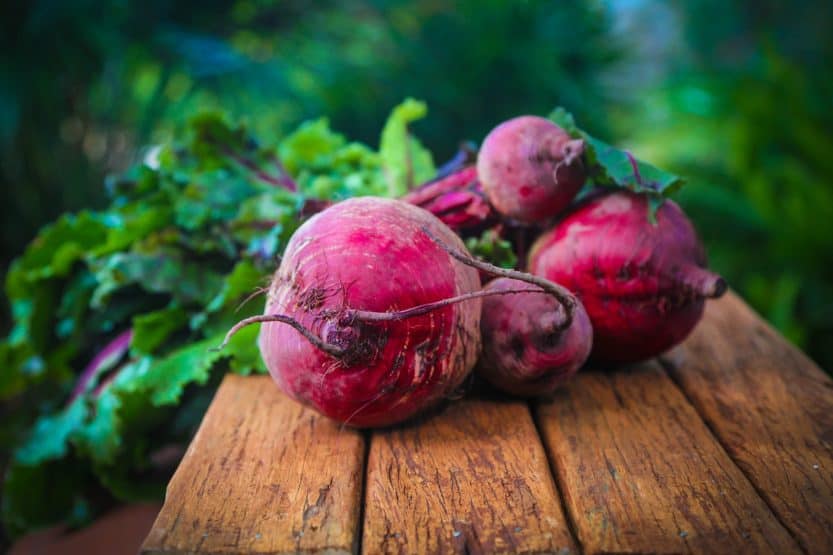
Beets and basil enjoy a symbiotic relationship that is often overlooked. Similar to carrots and radishes, beets grow horizontally, leaving plenty of room in the upper soil layer for basil to thrive. Both crops thrive in nutrient-rich, moist soil, making them ideal companions. Basil can help repel pests that affect beet crops, while the leafy tops of beets can provide some shade. Moreover, beets hold advantages as a nutrient-dense replacement for poorer soils, enhancing overall health for both plants. Cultivating beets alongside basil can lead to a pleasing color contrast and a flavorful harvest.
Chives
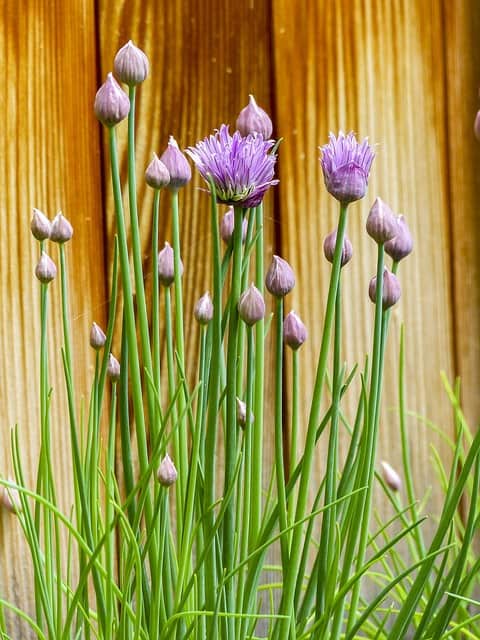
Chives are another often-forgotten herb that pairs superbly with basil. Their vibrant green stalks and purple flowers not only add beauty to the garden but also deter pests such as aphids and carrot flies that may threaten basil. Chives thrive in similar sunny conditions and enrich the soil with nutrients beneficial for basil’s health. In culinary uses, the mild onion flavor of chives complements the aromatic traits of basil, enhancing a variety of dishes. This partnership creates a practical and flavorful addition to any herb garden.
Cilantro
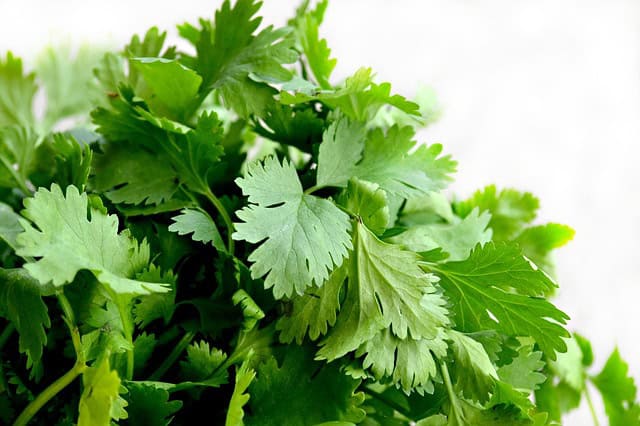
Cilantro, or coriander, has earned its place as a companion plant to basil due to its ability to attract beneficial insects. This herb thrives in cooler conditions but can grow harmoniously alongside basil in warmer areas, especially during early spring or fall. Cilantro attracts pollinators that can also boost basil harvests, creating a boon for both plants. It’s also excellent at repelling pests such as aphids and spider mites, which can harm basil. Combining cilantro and basil allows for robust yields while diversifying a culinary palette with different flavor profiles.
Garlic
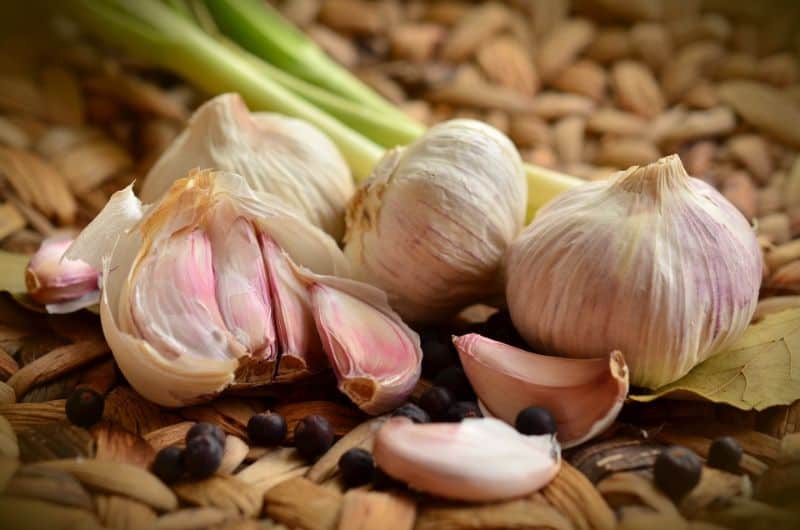
Garlic has long been celebrated not only as a culinary staple but also as an effective natural pest deterrent. Planting garlic near basil affects pests like whiteflies and spider mites, thereby protecting basil from infestations. Garlic’s strong aroma masks the scent of basil, further adding a layer of protection. Additionally, both plants thrive in similar conditions regarding sunlight and soil requirements. When harvested together, garlic can enhance the flavor of fresh basil dishes, making them a mutually beneficial pairing for any gardener focused on culinary endeavors.
Dill
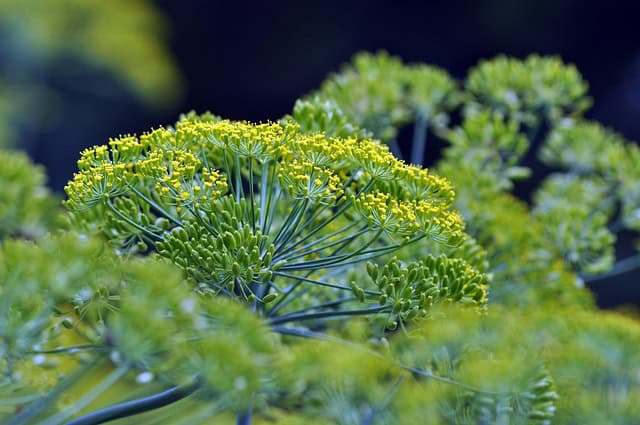
Dill is a unique addition to the list of basil companions due to its distinctive flavor and pest-repellent properties. This herb attracts beneficial insects such as ladybugs and lacewings that feed on pests threatening basil growth. Dill’s upright habit allows ample sunlight to reach basil while providing a visually appealing contrast. It’s important to manage dill’s growth, as it can go to seed quickly, but effective pruning can yield flavorful benefits for both plants. Gardeners can enjoy the delicious harmonies of dill and basil in various dishes, from salads to sauces.
Marjoram
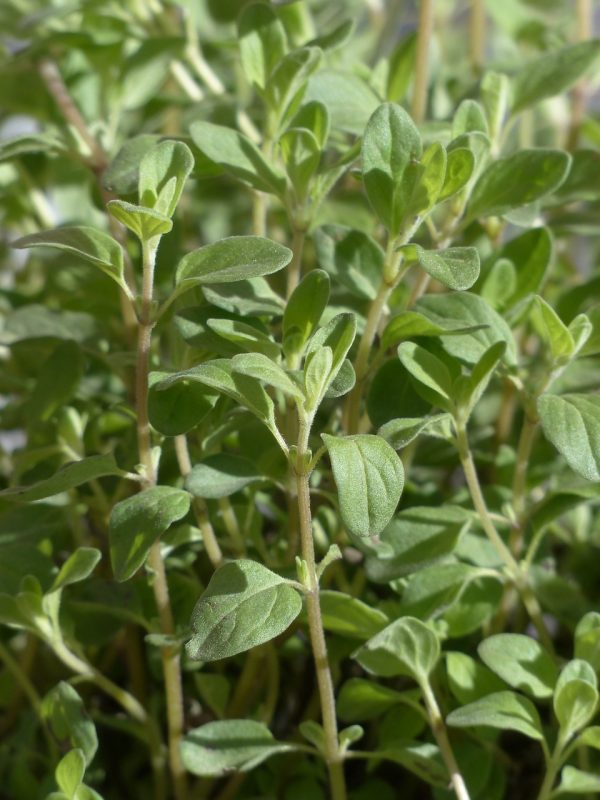
Marjoram is an aromatic herb closely related to oregano, and it thrives alongside basil in the garden. This herb benefits from similar soil and sunlight conditions, leading to a seamless cohabitation. Marjoram attracts beneficial pollinators that ultimately enhance basil growth while warding off aphids and other pests. When used together in cooking, marjoram and basil create complex flavor profiles for Mediterranean and Italian dishes. Their aromatic presence in the garden invites local wildlife, creating a balance in the ecosystem.
Turnips
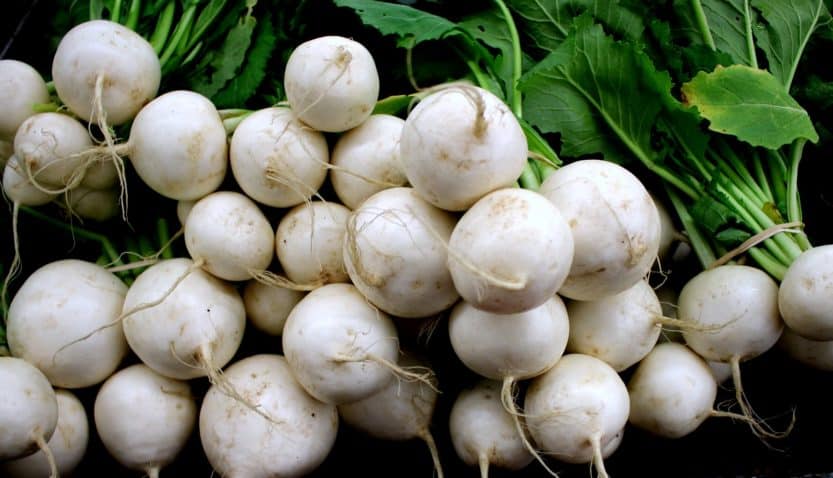
Turnips may not be a common companion for basil, yet they provide distinct advantages. Their fast-growing nature allows for early harvesting, giving basil room to expand in both size and flavor. Additionally, turnips improve soil structure, promoting beneficial microbial activity that can enhance basil’s growth. These plants prefer similar conditions regarding sunlight and moisture, making it easier to cultivate them together. The contrasting foliage of turnips and the vibrant green of basil present an appealing visual dynamic that makes for a diverse and productive garden.
Nasturtium
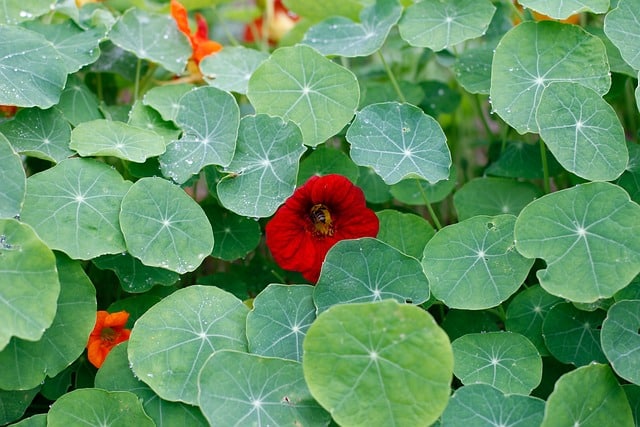
Nasturtiums are often praised for their vibrant colors and edible flowers, making them a charming companion to basil. These plants act as a trap crop for aphids, attracting them away from basil and protecting it from damage. Their vibrant blooms not only add an aesthetic element but also attract pollinators, significantly benefitting basil growth. Both plants thrive in similar soil conditions, creating a symbiotic relationship that enhances both health and culinary applications. Gardeners can enjoy a unique combination of flavors with nasturtium’s peppery notes and basil’s aromatic profile.
Oregano
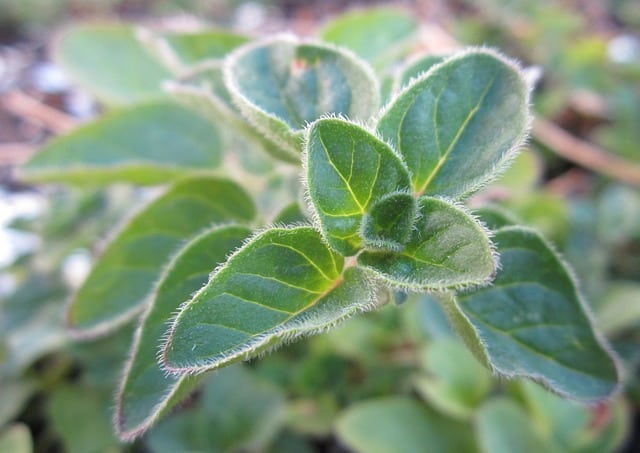
Oregano and basil together create a harmonious Mediterranean blend in both the garden and the kitchen. Both herbs appreciate well-drained soil and sunny conditions. Oregano can act as a ground cover, helping to suppress weeds around basil plants. Its robustness also allows it to thrive alongside basil without direct competition for nutrients. Growing oregano near basil enhances flavor profiles in cooking, providing a richness that complements numerous dishes. This delicious pairing allows gardeners to enjoy flourishing culinary herbs in harmony.
Parsley
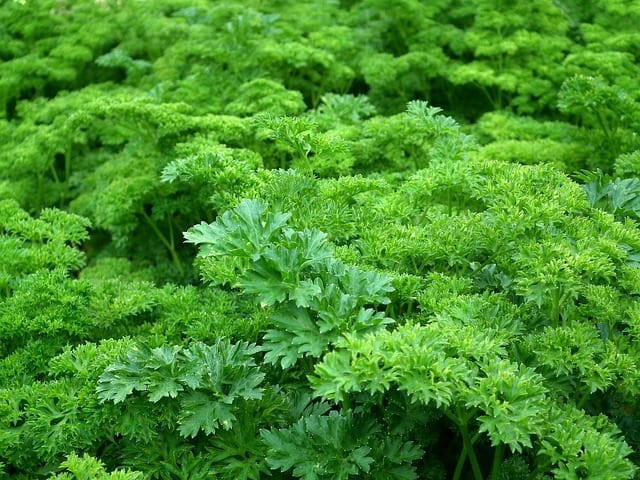
Parsley is an excellent herb that suits various gardening styles and thrives well when planted alongside basil. Both herbs enjoy similar sunlight requirements and prefer rich, moist soil. Parsley attracts beneficial insects, including pollinators and predatory wasps, contributing to pest control for basil. Furthermore, their flavor profiles enhance many culinary dishes when used together, creating aromatic and flavorful experiences. Planting parsley near basil encourages healthier growth, benefits from shared space, and fosters an attractive array of herbs in the garden.


